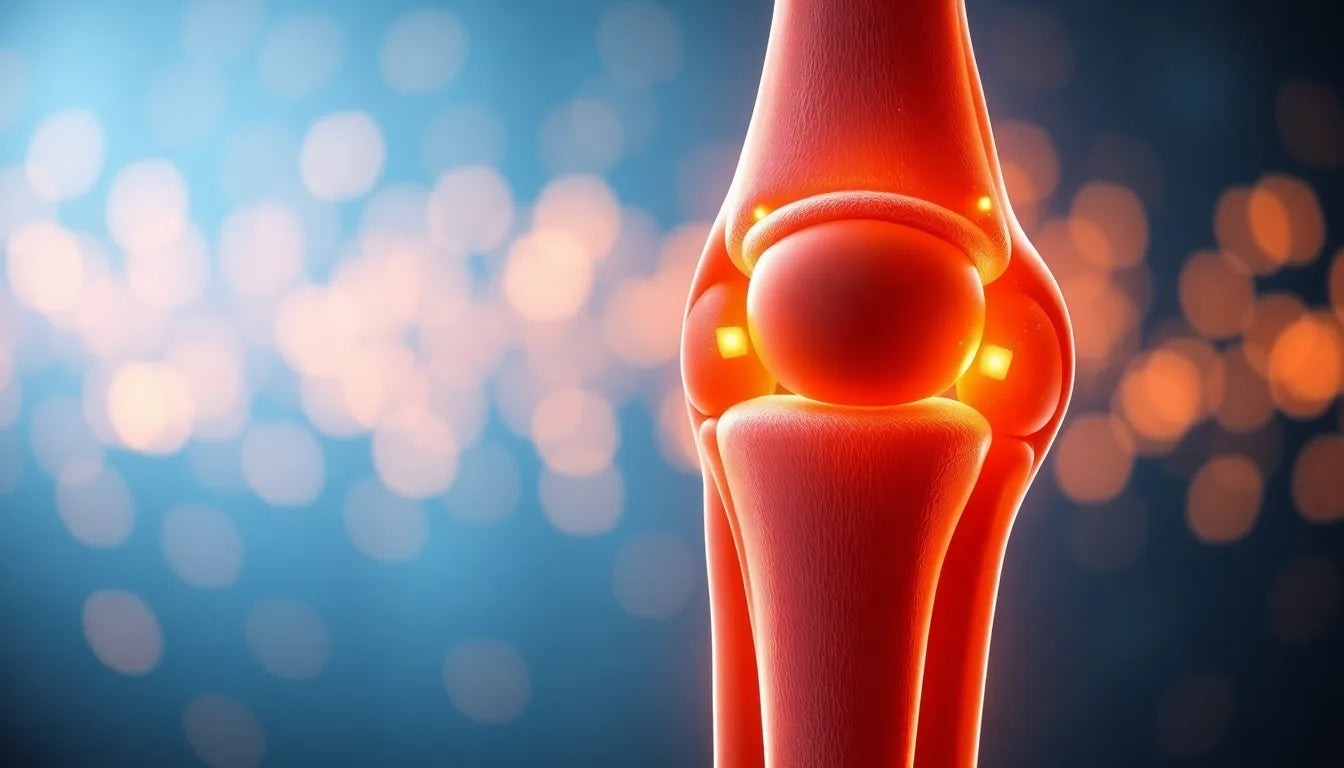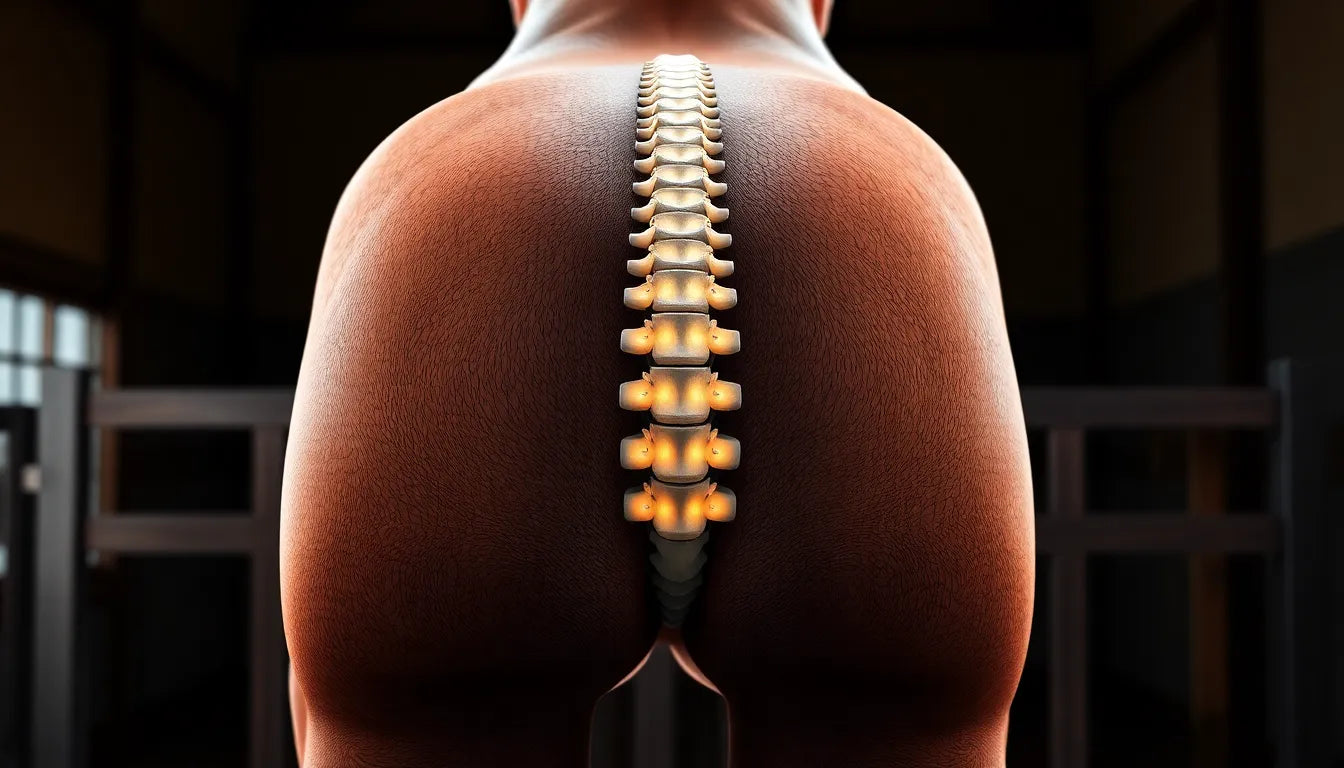In the intricate dance of daily life, neck muscles often play an unsung yet crucial role. These muscles are fundamental in supporting the head, facilitating movement, and maintaining posture, making them indispensable to our overall well-being. Whether it's turning your head to check traffic or nodding in agreement during a conversation, the neck muscles are constantly at work, ensuring smooth and coordinated movements.
Understanding the complexity of neck muscles
The neck is home to a complex network of over 20 muscles, each with its own unique function. These muscles are not only pivotal in enabling head movement but also play significant roles in breathing, swallowing, and even facial expressions. The anterior muscles at the front, lateral muscles at the sides, and posterior muscles at the back work in harmony to perform these essential tasks. However, when these muscles become weak or strained, it can lead to common issues such as pain, stiffness, and reduced mobility, impacting daily activities and quality of life.
The purpose of understanding neck muscles
This blog post aims to unravel the anatomy and function of neck muscles, shedding light on how to maintain their health and strength. By exploring the intricacies of these muscles, we can better appreciate their importance and learn practical tips for achieving strong and pain-free neck muscles. Whether you're experiencing discomfort or simply seeking to enhance your knowledge, this guide will provide valuable insights into nurturing your neck muscles for optimal performance and well-being.
Understanding the anatomy and complexity of neck muscles is the first step towards preventing discomfort and enhancing functionality. As we delve deeper into their roles and significance, you'll discover how maintaining healthy neck muscles can contribute to overall wellness and prevent common ailments associated with this vital part of the body.
Anatomy of neck muscles: understanding the groups and key functions
The neck muscles can be categorized into three main groups: anterior, lateral, and posterior. This classification not only aids in understanding their anatomical positioning but also highlights their unique roles in facilitating various movements and functions.
Anterior neck muscles
Located at the front of the neck, the anterior muscles include the sternocleidomastoid and the platysma. The sternocleidomastoid is particularly significant for its involvement in neck flexion and rotation, allowing us to nod and turn our heads. Meanwhile, the platysma contributes to facial expressions, playing a subtle yet essential role in our ability to convey emotions.
Lateral neck muscles
The lateral muscles, situated on the sides of the neck, include the scalene muscles. These muscles are crucial for neck flexion and lateral movement, enabling us to tilt our heads sideways. Additionally, they assist in breathing by elevating the first and second ribs during inhalation.
Posterior neck muscles
At the back of the neck, the posterior muscles, such as the trapezius, play a vital role in supporting the neck and facilitating shoulder movements. The trapezius is especially important for posture maintenance and stabilizing the shoulder blades, which in turn supports neck and upper back health.
The vital roles of neck muscles in daily life
The neck muscles are indispensable in our daily activities, performing a range of functions that go beyond simple head movements. They are integral to maintaining proper posture, supporting the head, and enabling complex motions.
Head support and movement
Neck muscles are essential for stabilizing the head and allowing a wide range of movements, from nodding and turning to tilting. This dynamic support is crucial for activities such as driving, working at a computer, and engaging in physical exercise.
Breathing and swallowing
Beyond movement, certain neck muscles are also involved in vital functions like breathing and swallowing. The scalene muscles, for instance, assist in the respiratory process, while the suprahyoid and infrahyoid muscles contribute to swallowing by coordinating the movement of the hyoid bone and larynx.
Posture maintenance
Proper posture is heavily reliant on the strength and functionality of neck muscles. They help align the head with the spine, reducing strain on the cervical vertebrae and preventing common issues such as tension headaches and neck pain.

Women's Posture Shirt™ - Black
Patented shirt activates muscles, relieves tension, and improves posture for work, exercise, or leisure.

Men's Posture Shirt™ - Black
Patented shirt stimulates muscles and relieves pain, supports posture for work, exercise, or daily life.
Health implications of strong neck muscles
Maintaining healthy neck muscles is crucial not only for preventing discomfort but also for overall well-being. Strong neck muscles can help prevent injuries, reduce the risk of chronic pain, and enhance daily performance.
Weak or strained neck muscles are often associated with tension headaches and neck pain, conditions that can significantly impact quality of life. By ensuring neck muscles are strong and flexible, individuals can alleviate these issues and improve their physical resilience.
Understanding the anatomy and function of neck muscles is a foundational step towards achieving a pain-free and active lifestyle. In the next section, we will explore practical tips and exercises to strengthen these muscles and maintain their health, empowering you to take control of your neck health and overall well-being.
Practical tips for strong and pain-free neck muscles
Achieving strong and pain-free neck muscles is not just about understanding their anatomy but also about implementing effective strategies to maintain their health. Incorporating targeted exercises, adopting ergonomic practices, and making lifestyle adjustments are essential steps in this journey.
Exercise and stretching for neck muscles
Regular exercise and stretching are fundamental to strengthening neck muscles and enhancing their flexibility. Here are some recommended exercises:
- Chin Tucks: Sit or stand with your back straight. Gently tuck your chin towards your chest, holding for 5 seconds, then release. Repeat 10 times.
- Neck Flexion and Extension: Slowly lower your chin towards your chest, then lift your head back to look at the ceiling. Perform 10 repetitions.
- Lateral Neck Stretch: Tilt your head to one side, bringing your ear towards your shoulder. Hold for 15 seconds and switch sides. Repeat 3 times on each side.
- Shoulder Shrugs: Lift your shoulders towards your ears and hold for a few seconds before releasing. Do 10 repetitions.
These exercises can be performed daily to enhance neck strength and mobility. It's important to perform them slowly and gently to avoid strain.
Ergonomics and daily habits
Maintaining good posture, particularly in work environments, is crucial for preventing neck strain. Consider the following ergonomic tips:
- Monitor Position: Ensure your computer monitor is at eye level to avoid tilting your head.
- Chair Support: Use a chair with good lumbar support to maintain a neutral spine position.
- Frequent Breaks: Take regular breaks from screen time to stretch and relax your neck muscles.
Implementing these habits can significantly reduce the risk of developing neck pain associated with prolonged sitting and computer use.
Lifestyle considerations for neck health
Beyond exercises and ergonomics, certain lifestyle changes can further promote neck muscle health:
- Sleep Position: Use a supportive pillow that keeps your neck aligned with your spine.
- Stress Management: Practice relaxation techniques such as deep breathing or yoga to alleviate tension in neck muscles.
- Hydration and Nutrition: Ensure adequate hydration and consume a balanced diet to support muscle function and recovery.
These lifestyle considerations play a vital role in maintaining overall neck health and preventing muscle-related discomfort.
Frequently Asked Questions
What are the most common causes of neck muscle pain?
Neck muscle pain is often caused by factors such as poor posture, overuse, stress, and prolonged periods of inactivity. These can lead to muscle strain, tension, and discomfort.
How can I tell if my neck pain is muscle-related?
Muscle-related neck pain is typically characterized by stiffness, soreness, and a dull ache that may worsen with movement. If the pain persists or is accompanied by other symptoms, it's advisable to consult a healthcare professional for a proper diagnosis.
What should I do if I experience chronic neck pain?
If you experience chronic neck pain, it's important to consult a healthcare professional to identify the underlying cause. They may recommend physical therapy, ergonomic adjustments, or specific exercises to alleviate the pain.
Are there specific exercises to avoid if I have neck pain?
If you have neck pain, avoid exercises that strain the neck, such as heavy weightlifting or high-impact activities. Instead, focus on gentle stretches and low-impact exercises that promote flexibility and strength.
How often should I perform neck exercises for optimal results?
For optimal results, perform neck exercises at least 3-4 times a week, incorporating them into your regular fitness routine. Consistency is key to maintaining neck muscle health and preventing pain.
By implementing these practical tips and addressing common concerns, you can take proactive steps towards achieving strong and pain-free neck muscles, enhancing your overall well-being and quality of life.
Kilder
- Kenhub. "Muscles of the Neck: An Overview."
- Cleveland Clinic. "Neck Muscles."
- NCBI. "Neck Anatomy."
- WebMD. "Neck Muscles: What to Know."
- Ortho Mobility. "The Comprehensive Guide to Neck Muscles: Anatomy, Function, and Exercises."
- Spine-Health. "Cervical Muscle Anatomy Animation."
- TeachMeAnatomy. "Neck Muscles."
- NCBI. "Neck Muscles Overview."
- SEER Training. "Muscles of the Head and Neck."
- YouTube. "Neck Muscles Anatomy."


















